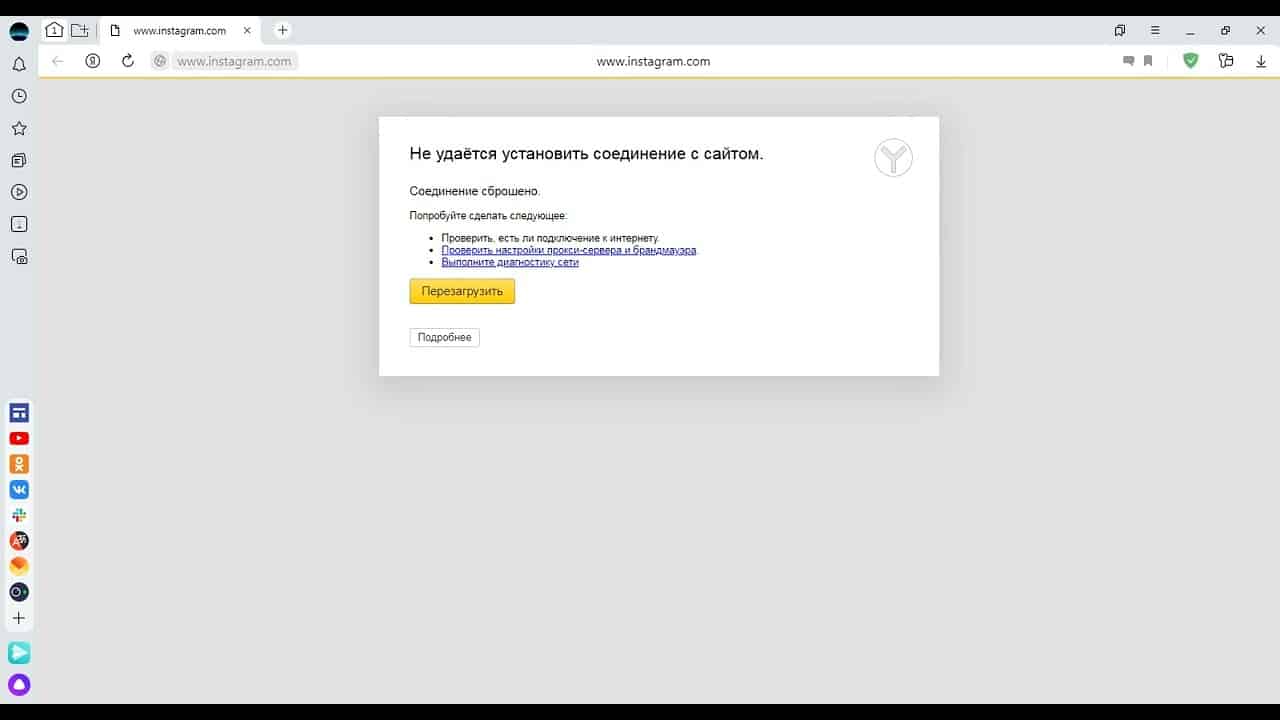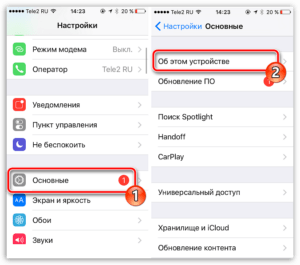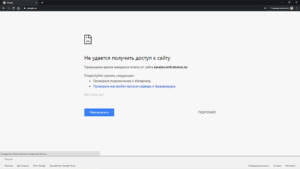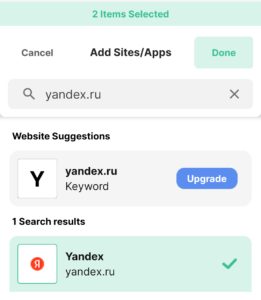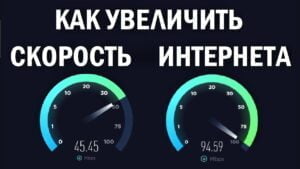Causes and possible solutions to the problem
It often happens that when you try to access a website, you encounter a connection problem. The reasons for this may vary. First of all, this may be due to problems on the server side. If an error occurs on the server, access to the site will be blocked. It is also possible that the problem lies with your Internet connection. Check to see if your Internet is turned off or if sites are blocked at the provider level. If the problem with the connection is still not resolved, you can try changing your browser settings. In some cases, the problem may be related to ad blocking, which you can temporarily disable. You can also try clearing the cache and browser history. If all of the above solutions do not help, then you should contact the technical support of the site or Internet connection provider. They may be able to help you resolve the issue. Don't panic if you're having trouble accessing the site. In most cases, problems can be resolved fairly quickly and easily.
How to check your Internet connection?
If you encounter a problem connecting to the site, the first thing you need to do is check your Internet connection. To do this, you can use special online services that allow you to analyze page loading speed and ping. One of the most popular services is Speedtest.
net. Just open the site, click on the 'Go' button and wait for the test to finish.
If the test results show low download speeds or high ping, then the problem may be with your Internet service provider. In this case, you should contact the provider's support service and report the problem.
If the test results show normal loading speed and low ping, then the problem may be in the site itself. Try visiting other sites to make sure the problem is not related to your Internet connection. If you are unable to access a site, its servers may be temporarily unavailable. In this case, you should wait a while and try to access the site later.
Overall, checking your internet connection allows you to quickly identify problems and resolve them, saving you time and unnecessary hassle.
If you can't connect to a site, the first step is to check for blocks on your device or network. To do this, you can use special online services that check the availability of the site from different parts of the world.
One of these services is 2ip.
ru. Using this service, you can check the availability of a site from different parts of the world and find out whether the site is blocked in a certain country. If the site is accessible from other parts of the world, then the problem is most likely not there.
You can also check for blocking at the level of your network. If a site doesn't open on one device but does on another, the problem may be with your device or software settings. In this case, it is worth checking your firewall, antivirus or VPN connection settings.
If all the methods listed above do not solve the problem, you can contact your Internet service provider. Perhaps the site was blocked at the provider level, and only he can solve this problem.
Using a VPN to Bypass Blocks
If you are faced with the fact that you cannot access a site due to blocking, then one solution may be to use a VPN. VPN (Virtual Private Network) is a technology that allows you to create an encrypted tunnel between your device and the VPN provider’s server. This will ensure that your traffic goes through the VPN server and is hidden from your ISP, allowing you to access blocked sites.
There are many free and paid VPN services that you can use to bypass blocks. However, you should be aware that free VPN services may not provide the required level of security and may store logs of your online activity.
If you don't want to spend money on a paid VPN, you can use the free versions. One of the most popular free VPN services is Opera VPN. It is available for use on computers and mobile devices and does not require registration.
Overall, a VPN is a useful tool for bypassing blocks, but be aware that using a VPN may slow down your Internet connection. You should also choose a reliable VPN provider to ensure the safety of your online activities.
How to check for malware?
If your computer or mobile device starts behaving unusually, running slowly, or constantly displaying strange windows and advertisements, your device may be infected with malware. To check for viruses, use antivirus programs that can be downloaded from the Internet. Some are free, such as Avast, AVG and Avira. They can scan your device and detect malware. You can also use online scanners, which can also help in identifying viruses. Remember to keep your antivirus software and operating system up to date to protect your device from new threats. If you are having problems connecting to the site, then do not panic. First of all, try reloading the page and checking your Internet connection. If this does not help, you can try clearing your browser cache or using a different browser.
If all of the above does not produce results, then you can contact site support. To do this, you need to find the 'Contacts' or 'Support' section on the website. Typically, there are phone numbers, email addresses or online chat for contacting support operators.
If you cannot find support contacts on the site, you can try to find information on forums or social networks. Often users share their experiences and help solve the problem.
It is important to remember that when contacting support, you must describe your problem in as much detail as possible, indicating all the actions you took to solve it yourself. Also, do not forget to indicate your contact phone number or email address for feedback.
Contacting site support is a quick and effective way to resolve connection issues and enjoy your experience on the site.
Read further:
